Patras is a city rich in history, vibrant culture and unique charm. Situated on the picturesque Ionian Sea, it is an important communication and cultural junction, creating a bridge between Greece and the rest of Europe. One of the most iconic monuments is the medieval castle, which towers over the town, offering visitors spectacular views of the surrounding area. It is also worth visiting the ancient theater, which testifies to the rich cultural heritage of the region.


Location:
Patras is a port city in western Greece, located on the Peloponnesian Peninsula on the Gulf of Patras (eastern part of the Ionian Sea). The third largest city in Greece and a seaport, in particular serving ferry connections with the Ionian Islands and Italy.
The Nearest Beaches:
- Paralia Proastiou II


- Antirrio beach
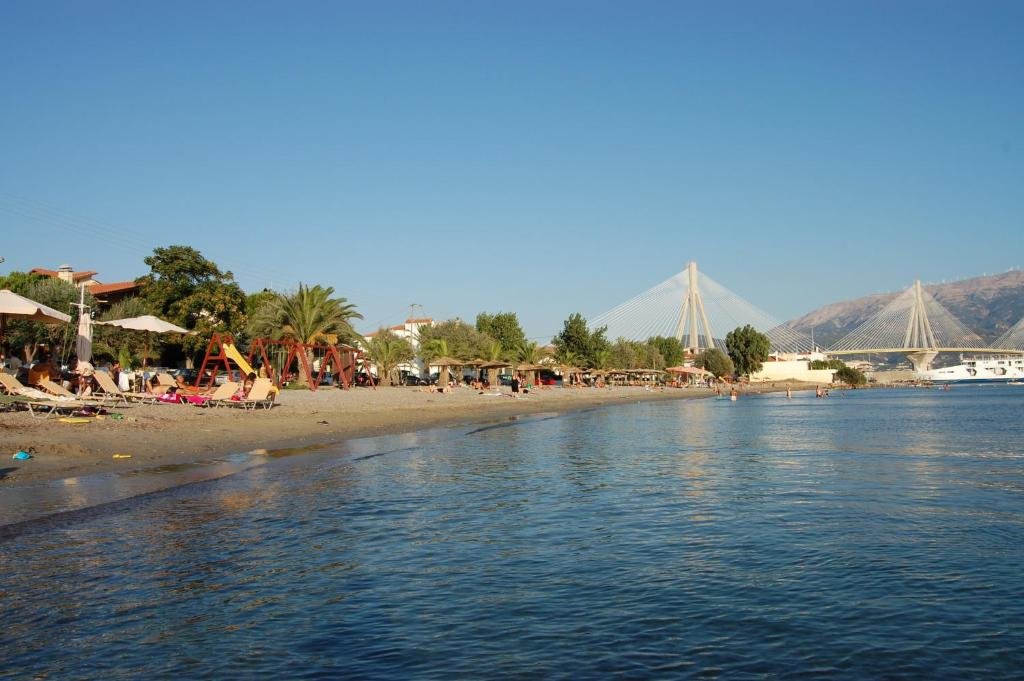
Mains attractions:
Rio-Andirio Bridge
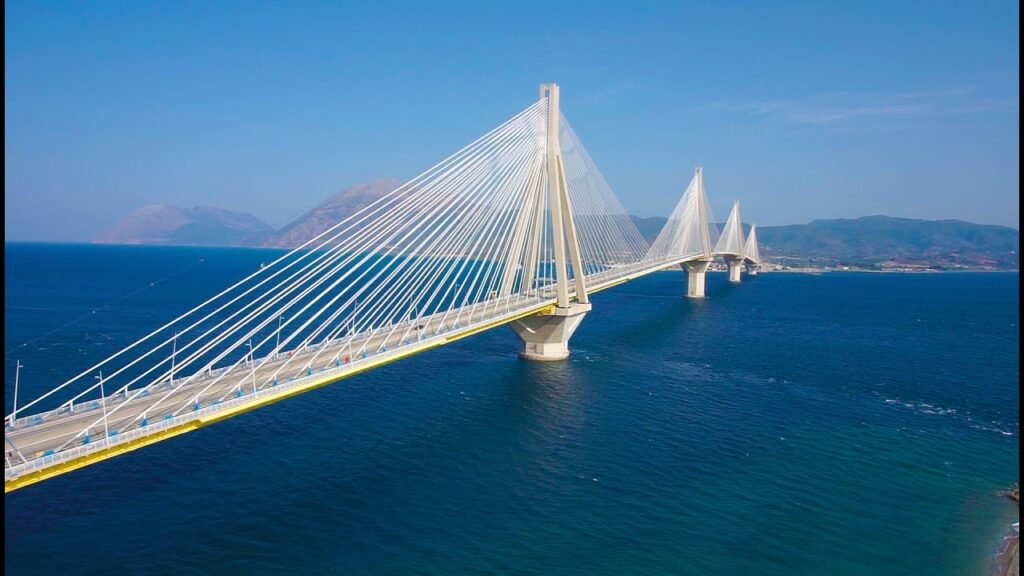
Rio Andirio, this is the bridge named after Charilaos Trikupis, in Greece, on the Rio-Andirio Strait, between the Gulf of Patras on the western side and the Gulf of Corinth on the eastern side. The bridge will significantly speed up the journey between the continent and the Peloponnese (the ride is subject to a fee). On both banks of the strait there are towns called Rio and Andirio, from which the bridge took its name, as well as two historic artillery forts located nearby. Visitors to the bridge usually go to the town and fortification complex of Nafpaktos, 10 km away and also considered a major tourist attraction.
Patras Lighthouse
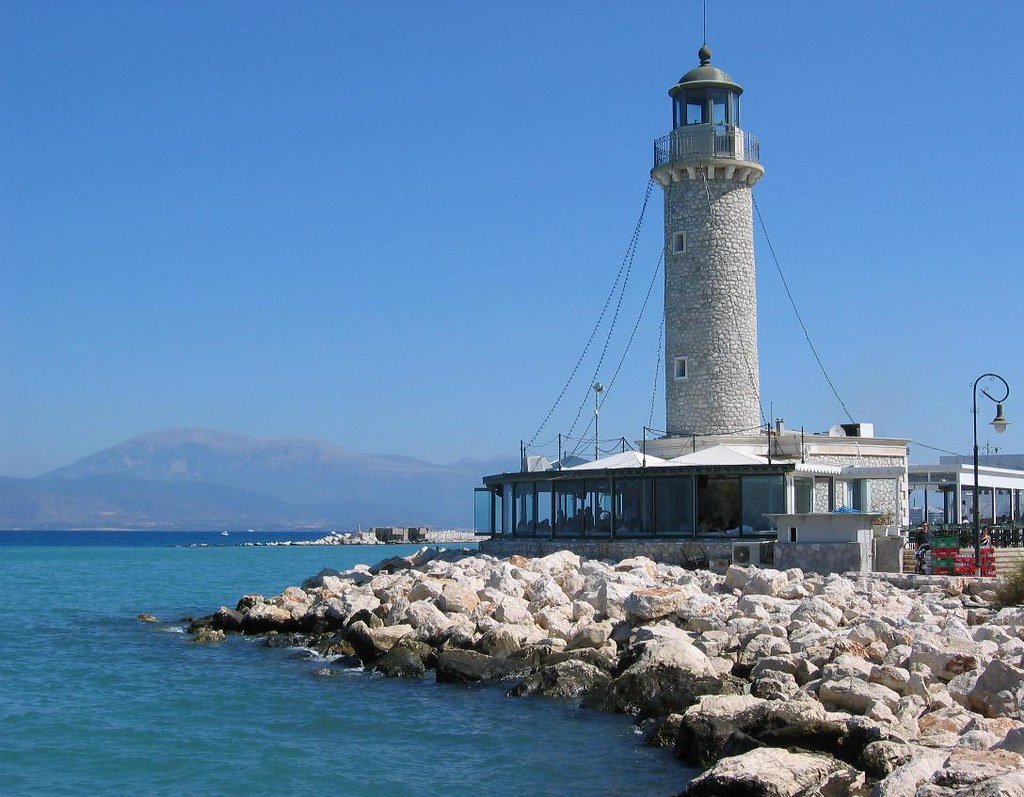
Nestled near the charming city of Patras, Greece, Faros Lighthouse Beach is a picturesque stretch of coastline that captivates visitors with its pristine condition and tranquil atmosphere. Despite its relative seclusion, the beach spans a generous length adorned with fine, golden sand, providing a serene escape for those looking to unwind by the sea. Activities at Faros Lighthouse Beach include swimming in the crystal-clear waters, sunbathing under the vibrant Greek sun, and enjoying leisurely strolls along the shore.
Patras Castle

The Patras Castle is located at the foot of Mount Panachaiko. Its foundation is placed in the 6th AD century. Its construction took place with building material of the ancient Acropolis, which was at the same place and had already collapsed. The fortress of Patras is built on the last hill of Mount Panachaiko, the legs of which is spread the plain of Patras, on which is built the town.
Achaia Clauss vineyard
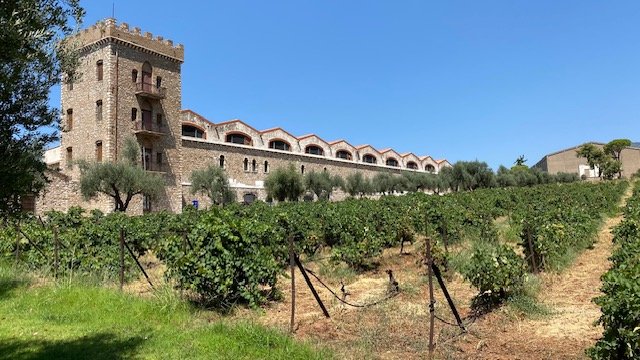

The Achaia Clauss Winery is one of the topmost tourist attractions in Achaian region situated upon a verdant hill about eight kilometers from the city of Patras. The Achaia Clauss Winery was founded in the 19th century.
Gustav became fascinated by the vineyards around Patras and by the great wines they produced. He soon bought a small vineyard and started producing wines, initially for his own consumption. The success of his wine among his friends motivated Herr Claus to set up a large-scale winery.
Saint Andrew’s Church

The Cathedral of Agios Andreas (Saint Andrew), the largest church in Greece, is located in the west side of the city centre of Patras. Along with the nearby old church of Saint Andrew, it is a sacred place of pilgrimage for visitors from all over the world, especially on November 30, the Feast Day of Saint Andrew.
Archaeological Museum of Patras

The Archaeological Museum of Patras is one of the most prominent museums in Greece. It houses collections about the history of Patras and the surrounding area from prehistory to the end of Roman times.
Holy Church of Christ Pantocrator

The Church of Christ Pantokrator is special in countless ways, but among the most memorable is the decoration with intricate ornaments and sophisticated patterns. High-walled concave arches are all over the facade. Above them are three rows of decorative saucers and four-leafed flowers.
Roman Odeon in Patras

The Roman Odeon of Patras is one of the city’s most important monuments.The majestic building was erected in the first half of the 2nd century AD and is older but smaller than Athens’ Odeon of Herodes Atticus. It features all the basic parts of the theater: nave (divided into two sections), orchestra (paved, separated by a semi-circular shield from the nave), proscenium (accessible by two brick staircases on the right and left), stage (its wall has a height of 8m and three arched doors), and backstage.
Apollon Theatre
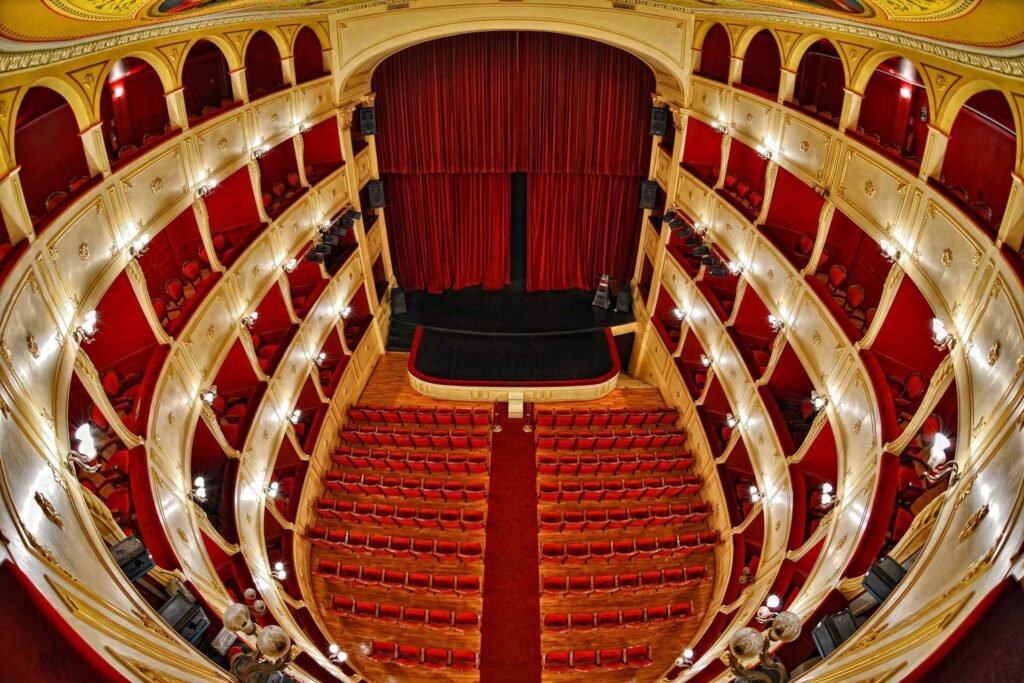
The Apollon Theatre, located in Patras, Greece, is a historic and cultural landmark that dates back to the 19th century. Τhe Apollon Theater hosts major cultural events, operas and theater plays performed by local, national and international companies.
